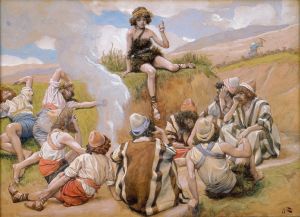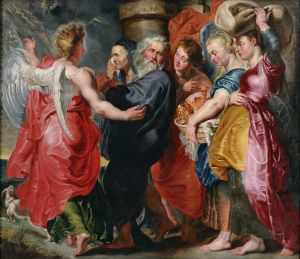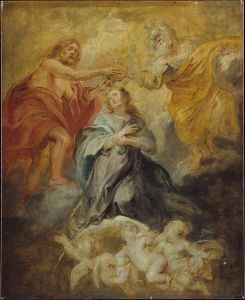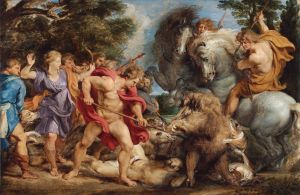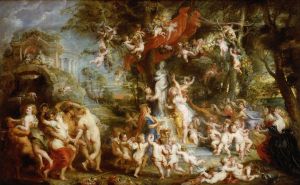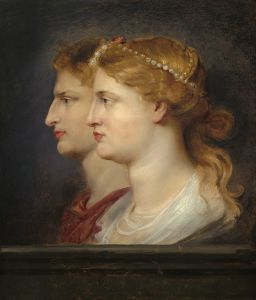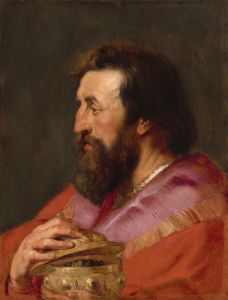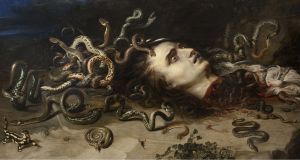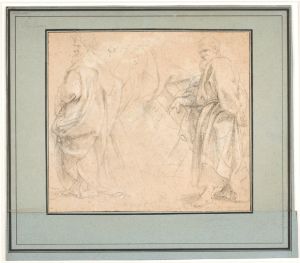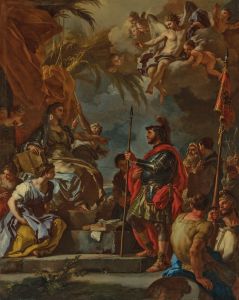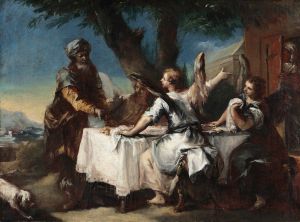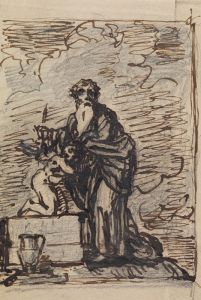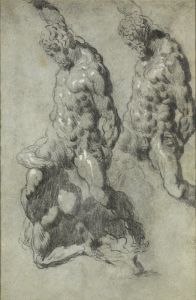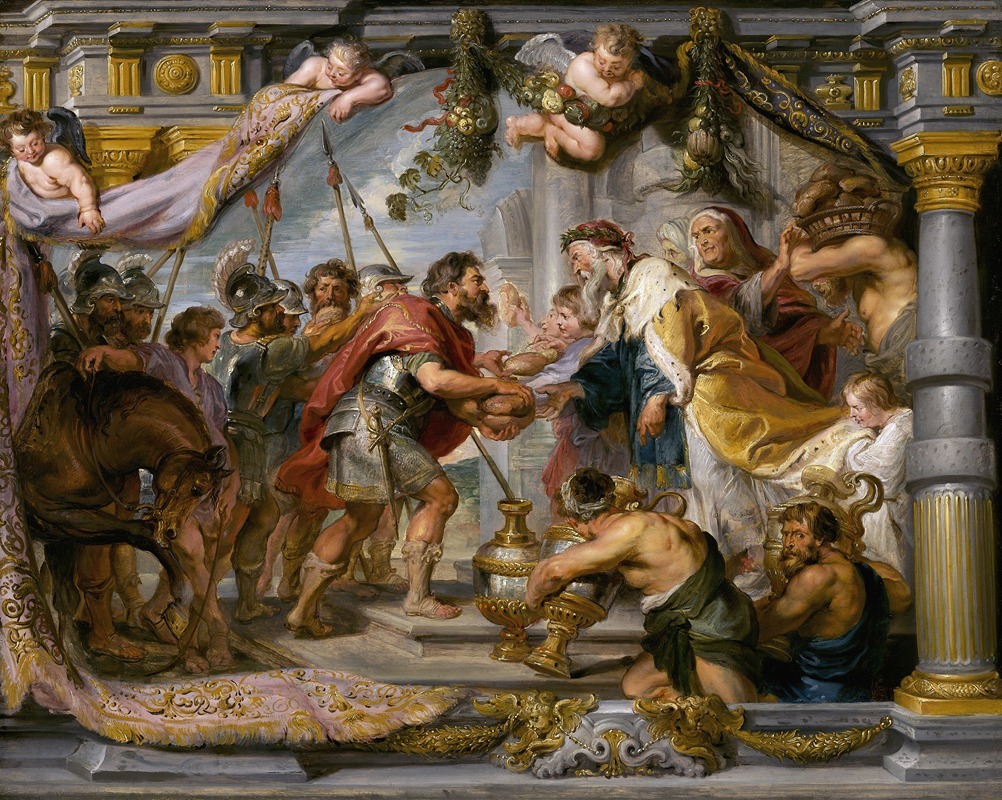
The Meeting of Abraham and Melchizedek
A hand-painted replica of Peter Paul Rubens’s masterpiece The Meeting of Abraham and Melchizedek, meticulously crafted by professional artists to capture the true essence of the original. Each piece is created with museum-quality canvas and rare mineral pigments, carefully painted by experienced artists with delicate brushstrokes and rich, layered colors to perfectly recreate the texture of the original artwork. Unlike machine-printed reproductions, this hand-painted version brings the painting to life, infused with the artist’s emotions and skill in every stroke. Whether for personal collection or home decoration, it instantly elevates the artistic atmosphere of any space.
"The Meeting of Abraham and Melchizedek" is a painting by the renowned Flemish Baroque artist Peter Paul Rubens. Created between 1625 and 1626, this artwork is a significant example of Rubens' mastery in depicting biblical themes with dramatic flair and vivid detail. The painting is currently housed in the Musée des Beaux-Arts in Caen, France.
The subject of the painting is derived from the Old Testament, specifically the Book of Genesis 14:18-20. It illustrates the encounter between Abraham, the patriarch of the Israelites, and Melchizedek, the king of Salem and a priest of the Most High God. According to the biblical narrative, after Abraham's victory over a coalition of kings, Melchizedek greets him with bread and wine and blesses him. This meeting is often interpreted as a prefiguration of the Eucharist in Christian theology, which may explain its popularity as a subject in religious art.
Rubens' depiction of this biblical scene is characterized by his dynamic composition and the use of rich, vibrant colors. The painting captures the moment of exchange between the two figures, with Melchizedek standing in a position of blessing, his right hand raised, while Abraham kneels before him. The figures are surrounded by attendants and soldiers, adding a sense of grandeur and historical context to the scene. Rubens' skillful use of light and shadow enhances the drama of the moment, drawing the viewer's eye to the central figures and emphasizing the spiritual significance of the encounter.
The painting reflects Rubens' deep understanding of human anatomy and his ability to convey emotion through gesture and expression. The figures are robust and full of life, a hallmark of Rubens' style, which was influenced by his studies of classical sculpture and the works of Italian Renaissance masters such as Michelangelo and Titian. The drapery of the garments is rendered with meticulous attention to detail, showcasing Rubens' expertise in texture and movement.
"The Meeting of Abraham and Melchizedek" is also notable for its compositional balance and the harmonious arrangement of its elements. Rubens employs a pyramidal structure, with Melchizedek at the apex, which creates a sense of stability and focus. This compositional technique is typical of Rubens' work, reflecting his ability to blend complexity with clarity.
Rubens was not only a painter but also a diplomat and scholar, and his works often reflect his intellectual engagement with the themes he depicted. In this painting, the choice of subject matter and its execution demonstrate Rubens' interest in the theological and symbolic dimensions of biblical stories. The painting serves as both a religious and artistic statement, embodying the Baroque era's emphasis on emotion, movement, and grandeur.
Overall, "The Meeting of Abraham and Melchizedek" is a testament to Peter Paul Rubens' artistic genius and his ability to bring biblical narratives to life with power and elegance. The painting remains an important work within the canon of Western art, admired for its technical brilliance and its profound exploration of a pivotal biblical event.





